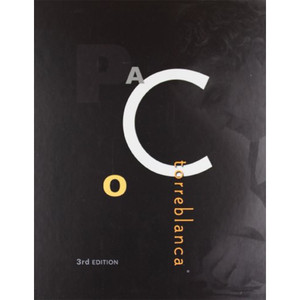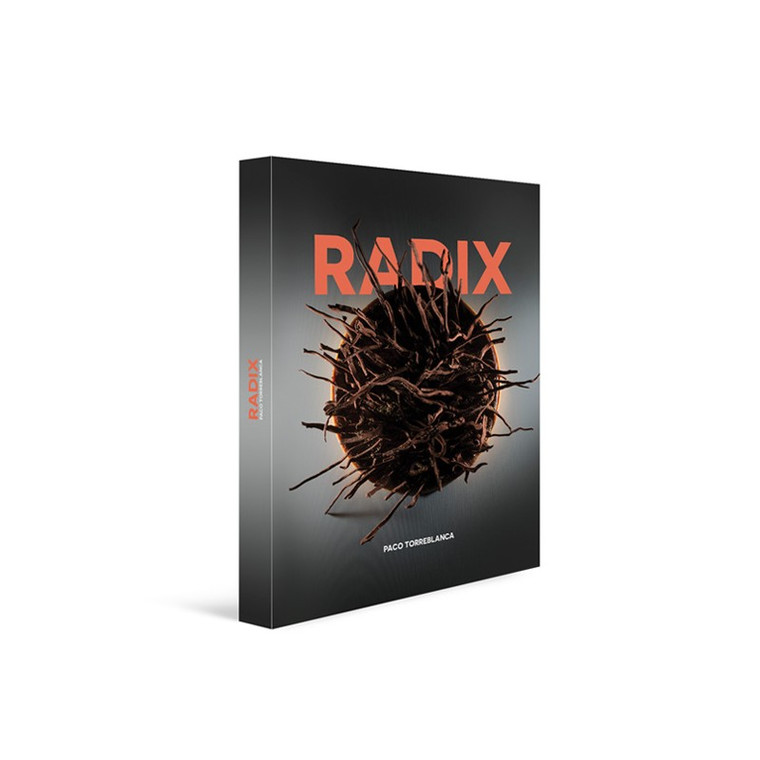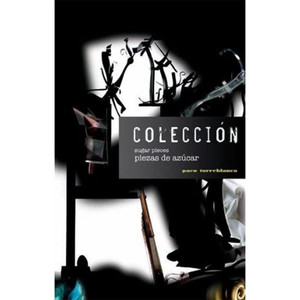
Radix
Radix by Paco Torreblanca is a pastry book that goes back to the roots of classic baking and then moves them forward in a very deliberate way. Written by one of Spain’s best known pastry chefs, it focuses on the core doughs, creams and techniques that sit behind most patisserie rather than on showy decoration. The idea is simple but powerful. If you master the foundations, you can build almost anything on top of them.
Instead of chasing trends, Radix looks closely at sablé bases, puff pastry, pâte à choux, sponge cakes, baked doughs and light mousses and creams. Within each family you get clear recipes and variations that can be combined to create tarts, millefeuilles, éclairs, travel cakes and layered entremets. The style is more about honest texture and flavour than high gloss finishes, so you see the real structure of the pastry rather than hiding it under heavy glazes.
The book is organised in a way that makes sense for both busy bakeries and keen home bakers. You learn how one base recipe can be adapted into many different products, which is very helpful if you are trying to plan production or simply want more from each batch you make at home. Radix feels like a practical working manual as much as an inspiration piece, the sort of book that ends up open on the counter rather than sitting untouched on a shelf.
Content Highlights:
- Pastry book by Paco Torreblanca, one of the most respected Spanish pastry chefs.
- Six main chapters covering sables, puff pastry, pâte à choux, sponges, baked doughs and mousses and creams.
- Focus on base recipes and variations that can be turned into tarts, eclairs, travel cakes and entremets.
- Clear structure with a final recipe index that gathers all preparations in one place for quick reference.
- Pages: 280
- Languages: Spanish/English










